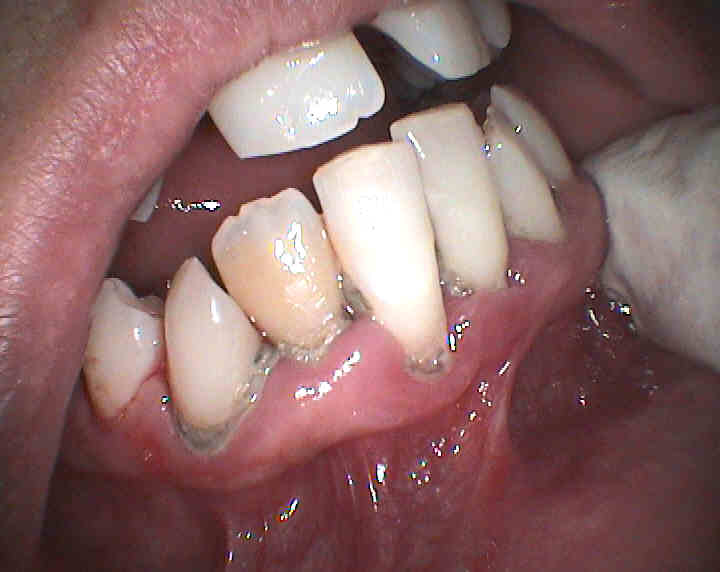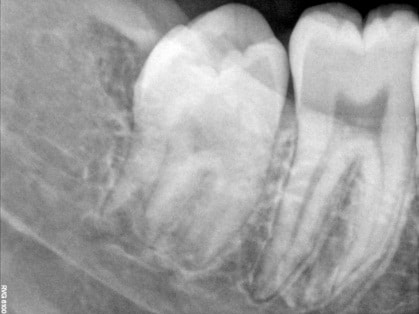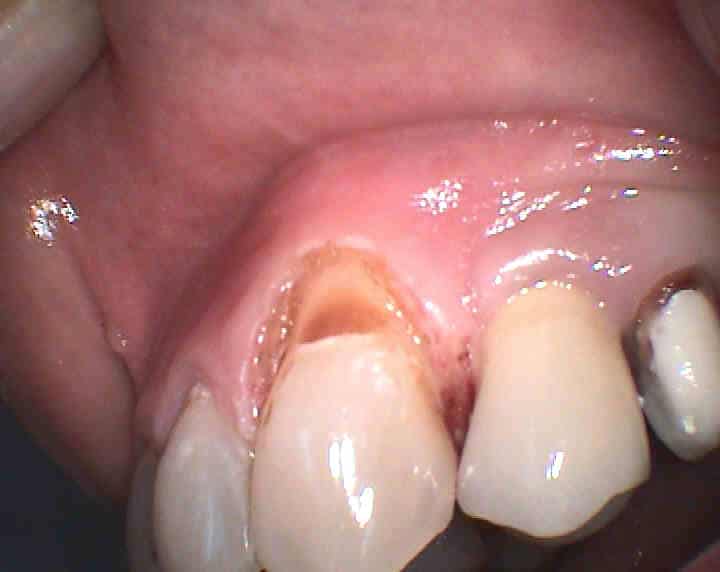The first lasers were developed in 1964 and, almost immediately, the desire to use this new technology in medical applications began. The evolution and growth of the use of lasers in medicine during the last 2 decades occurred initially within the disciplines of ophthalmology, dermatology, and general surgery. The general acceptance today of the role of soft tissue surgical lasers in many medical specialties by patients and by physicians allows surgeons to operate in a partially or completely bloodless field as a suitable alternative to traditional surgical treatment
regimens.
This acceptance of lasers as viable alternatives to traditional methods in medicine was one of the events that created an explosion of interest in the last decade in the role of lasers in dentistry. Once thought of as a technology looking for a purpose in dentistry, soft tissue lasers, over the last decade, have evolved from a possible choice to an accepted, presently used methodology. Even though soft tissue lasers have found a niche in medicine and in dentistry, the real hope for many patients and dentists has been the development of a laser that would be able to remove hard tissue in a conservative and safe manner.
Autore
Glenn van As


